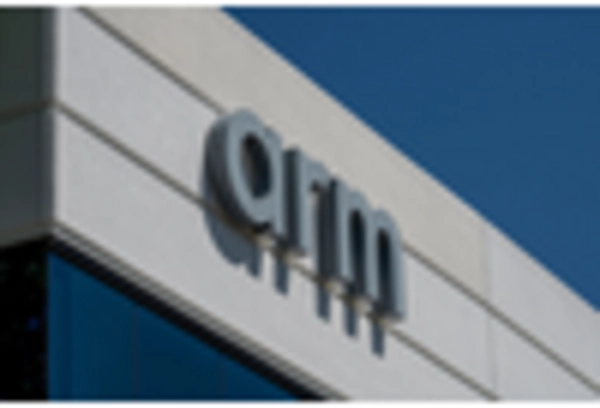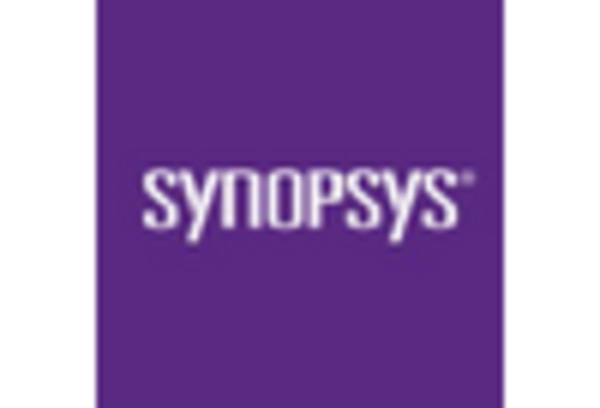Market Trends
Key Emerging Trends in the Semiconductor IP Market
Major trends in the Semiconductor IP market are influencing the industry's future. Emerging technology demand for specialized semiconductor IPs is rising. As artificial intelligence, machine learning, and 5G evolve, semiconductor designs must enable them. This trend is driving IPs with improved neural processing, high-speed connection, and power economy. To meet electronics industry demands, semiconductor IP providers are following these developments.
Demand for smaller, energy-efficient gadgets, especially in consumer electronics and mobile devices, drives this trend. Semiconductor IP providers are shipping SoC-compatible IPs to help designers build integrated, feature-rich products.
Security and trustworthiness are key Semiconductor IP trends. Due to IoT connectivity and the integration of sensitive capabilities in numerous applications, semiconductor security is a priority. This trend comprises semiconductor IPs with hardware-based security, encryption, and strong authentication protocols. Data protection and unauthorized access are high priorities in automotive, healthcare, and smart infrastructure applications, thus security is crucial.
The industry is moving toward configurable semiconductor IPs. Designers want more flexibility in matching semiconductor IPs to applications. Application-specific solutions can be designed without beginning from scratch using this trend. Configurable IPs fit varied businesses that need specific semiconductor designs with faster time-to-market and higher adaptability. This trend supports industry demand for nimble and adaptable solutions.
Semiconductor IP industry developments are influenced by AI and ML. As AI and ML applications grow, semiconductor IPs tailored for these workloads are in demand. Specialized IPs for neural network acceleration, inference engines, and other AI functions are growing. Semiconductor IP providers are developing AI and ML-efficient IPs to improve smart devices and autonomous systems.
The Semiconductor IP market continues to progress toward advanced process nodes. Smaller, more power-efficient devices with higher processing capabilities can be made at 7nm and 5nm semiconductor manufacturing nodes. As the industry seeks improved performance and energy efficiency, semiconductor IP vendors develop IPs that use sophisticated process methods. The Semiconductor IP industry evolves with semiconductor manufacturing as more designs move to these advanced nodes.
Semiconductor IP markets are also moving toward more extensive design ecosystems. Companies supplying semiconductor IPs are adding design platforms, tools, and support services. This trend offers designers a complete solution, from IP selection to system integration, to speed up design and reduce time-to-market. The industry's focus on holistic design ecosystems underscores semiconductor design's interconnectedness and requirement for integrated solutions.














Leave a Comment